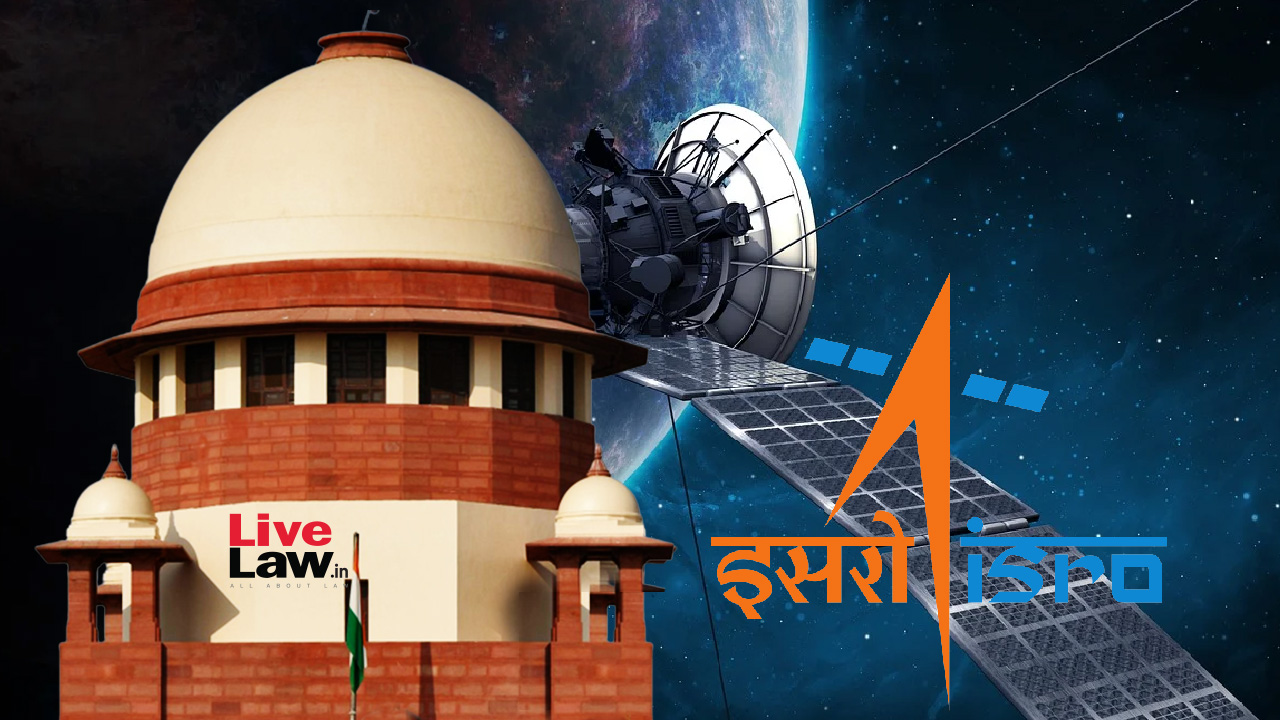 |
|
The Supreme Court of India delivered a significant ruling on November 18th, directing the Union Government to utilize data from geostationary satellites to monitor farm fires resulting from stubble burning. This decision stemmed from inconsistencies observed between data collected by NASA's polar-orbiting satellites and a Korean geostationary satellite. The Court highlighted the crucial need for comprehensive and real-time data to effectively combat air pollution caused by this widespread agricultural practice. The discrepancy in data became a pivotal point in the case, underscoring the limitations of relying solely on polar-orbiting satellites which only provide snapshots of a region at specific times during their orbital passes. The Court recognized the superior capability of geostationary satellites in providing continuous monitoring, enabling authorities to respond promptly to emerging fire incidents.
The amicus curiae, Senior Advocate Aparajita Singh, presented compelling evidence to the Court. She revealed that the Indian Space Research Organisation (ISRO) had been primarily using data from a NASA satellite, which only captured images of the National Capital Region (NCR) twice daily, at approximately 10:30 a.m. and 1:30 p.m. This limited observational window inevitably missed numerous instances of stubble burning occurring outside these specific times. However, data from the Korean geostationary satellite, which maintains a fixed position above the Earth, showed evidence of farm fires at 4:20 p.m., highlighting a critical gap in the information collected by the NASA satellite. This discrepancy underscored the critical need for continuous monitoring to ensure a complete picture of the situation.
The Court's order mandates immediate action by the Indian government and the Commission for Air Quality Management (CAQM). They are instructed to procure data from geostationary satellites, either Korean or others, to provide comprehensive, all-day monitoring of farm fires. The involvement of ISRO is explicitly mandated in this effort, ensuring the technical expertise necessary for successful data acquisition and analysis. Furthermore, the Court set a strict deadline, requiring compliance and a report by Friday of that week. Looking ahead, the ruling stipulates that data from geostationary satellites must be procured from October 1st, 2024 onwards, demonstrating a long-term commitment to addressing the air pollution crisis.
The ruling underscores the severity of the air pollution problem caused by stubble burning in the NCR. The Court had previously criticized the States of Punjab and Haryana for their inadequate enforcement of CAQM directives aimed at mitigating stubble burning. The Court emphasized that the issue transcends mere implementation of existing laws, representing a clear violation of fundamental rights guaranteed under Article 21 of the Indian Constitution, which pertains to the right to life. The Court's repeated emphasis on the severity of the situation showcases the seriousness with which the judiciary views the environmental impact of stubble burning and its consequential effects on public health.
This case highlights the important role of technology in environmental monitoring and enforcement. The reliance on satellite data underscores the need for advanced monitoring technologies to provide real-time information for effective policy-making and timely interventions. The Court's emphasis on using data from multiple sources underscores the importance of validating information to ensure accuracy and avoid relying on potentially incomplete data sets. The decision reflects a growing awareness of the need for integrating technological solutions into environmental management strategies to address the multifaceted challenges posed by air pollution.
